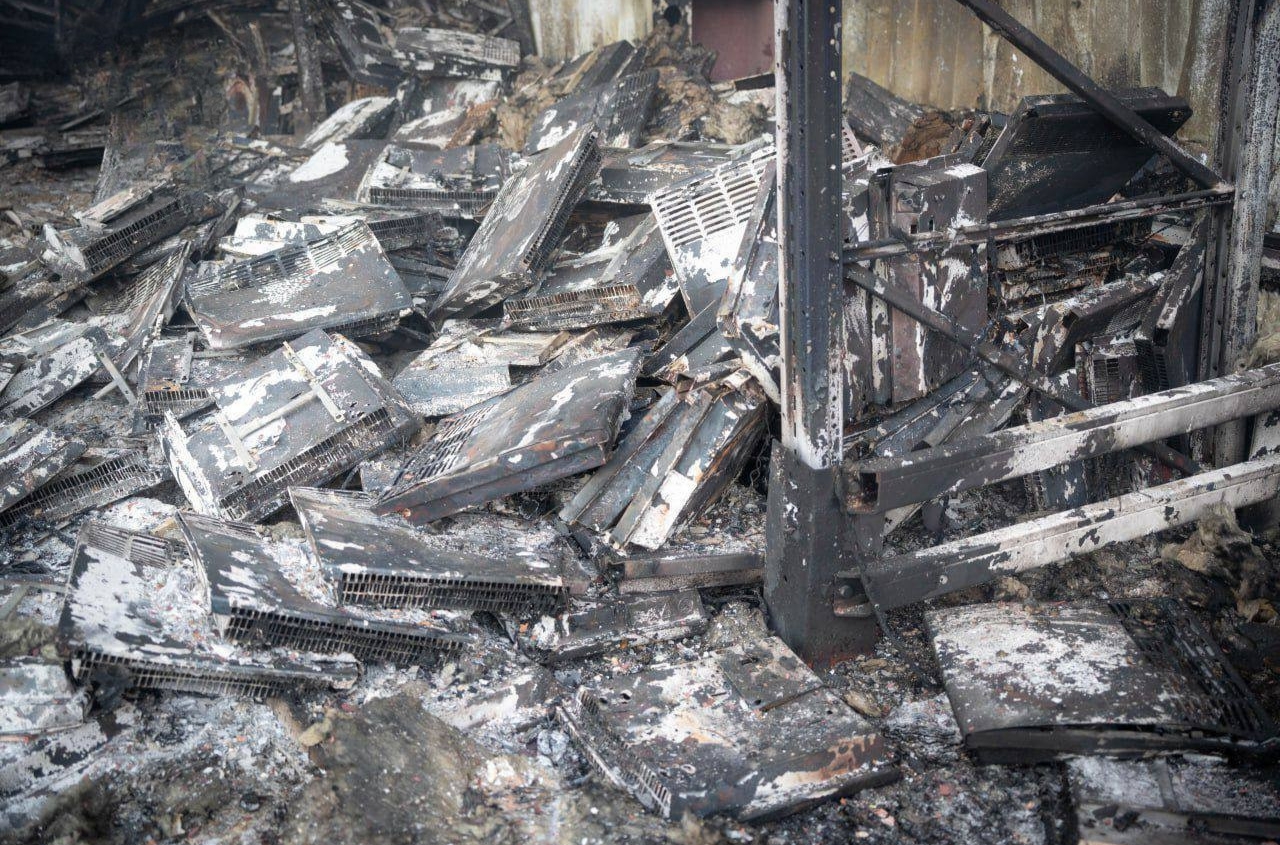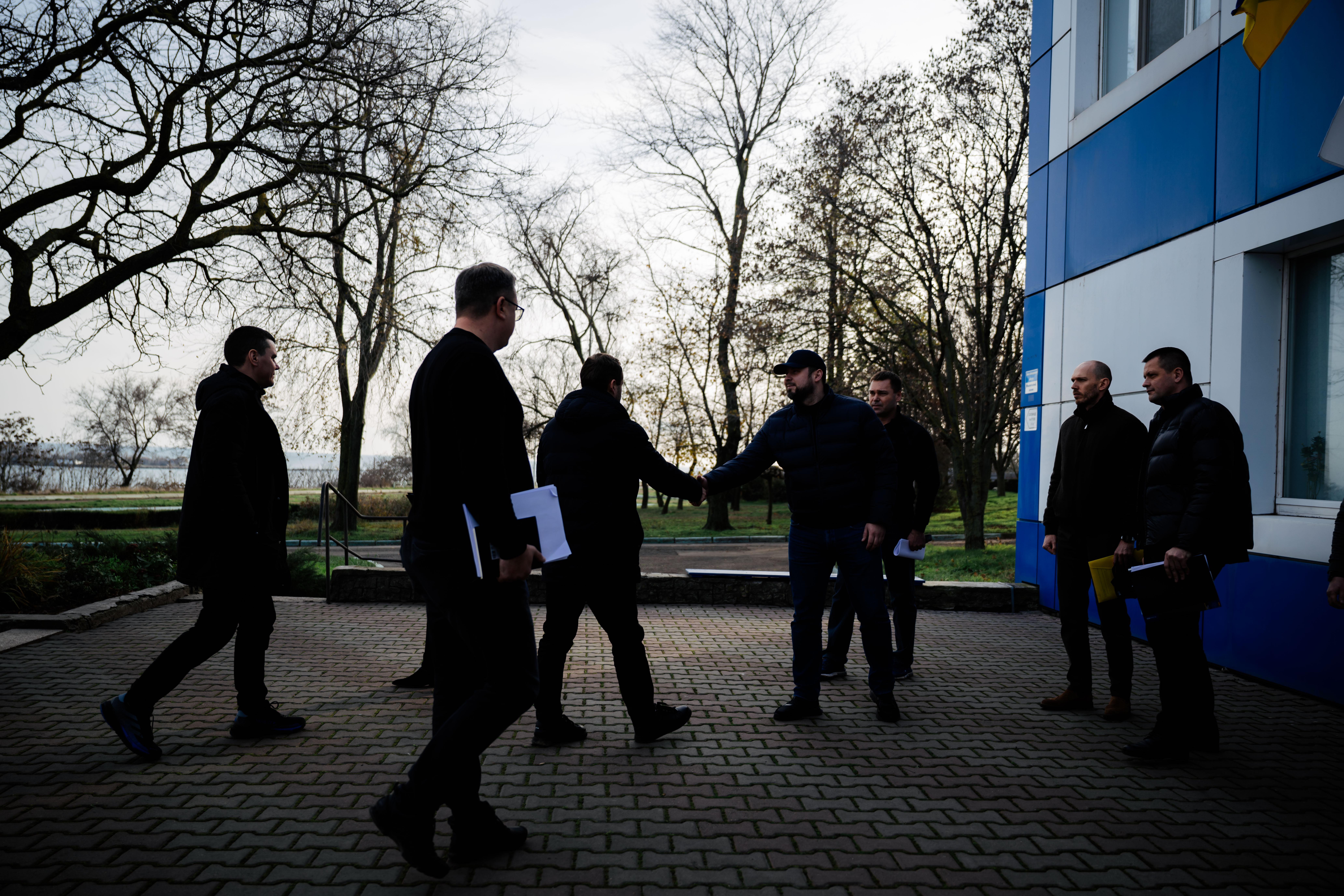As of the first quarter of 2025, environmental damage caused by the shelling of Ukrainian military facilities is estimated at around ₴367 billion (approximately $9 billion USD).
The consequences of Russian aggression include the contamination of land with millions of tonnes of construction debris, fragments of concrete, glass, asbestos, petroleum products, heavy metals, and unexploded ordnance. Additionally, wildfires have destroyed thousands of hectares of forest.
These findings were shared by Colonel Yurii Sytnyk, head of the Environmental Safety Department at Ukraine’s Main Directorate for Mine Action, Civil Protection, and Environmental Security, during the roundtable “Environmental Security and the Consequences of War: Challenges, Threats, and Solutions.”
He stressed that the reported figures represent only a partial estimate of the total environmental damage, as a full assessment will require long-term scientific research and continuous monitoring.
“Ukraine’s defence forces are not only protecting the state, its people and infrastructure on a daily basis — they are also defending the natural environment, which has suffered extensive destruction. The environmental consequences of the war are no less severe than the humanitarian or economic ones — they are already reshaping landscapes, polluting soil, water and air, and will have long-term effects on public health and ecosystem resilience,” Sytnyk said.
Between 2023 and 2025, the Main Directorate for Mine Action, Civil Protection and Environmental Safety has launched several environmental rehabilitation initiatives in cooperation with the OSCE, UNDP, FAO, and UNEP.
Looking ahead, Colonel Sytnyk highlighted the planned creation of an International Scientific and Technological Centre for Environmental Research and Post-War Recovery as one of the key steps in addressing the consequences of Russia’s aggression.




















